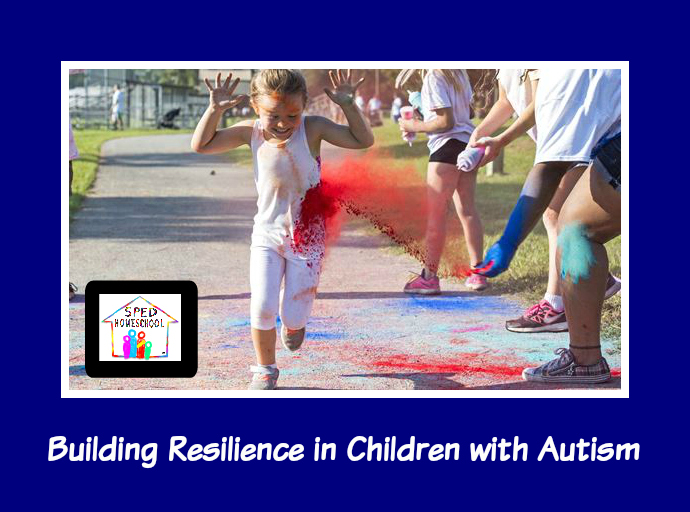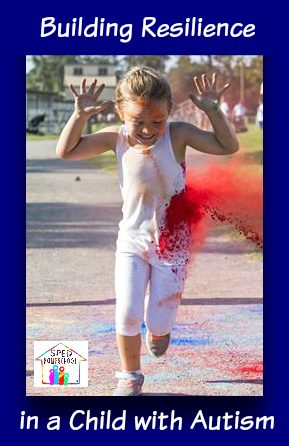
Dawn Spence
For many, this will be your first year of homeschooling and my best advice for you is to take self-care breaks this year. Homeschooling is a fabulous journey, but it requires work and dedication. Breaks can take many different shapes and forms, so I want to highlight a few that have been helpful for me in my seven, almost eight, years of homeschooling. Not only will taking breaks help you finish strong, rest is an essential part of staying healthy – physically and mentally.
Quiet Time at Home
I am still working on this part. Whether it is taking a hot bath, a Bible study, or sitting quietly with a cup of coffee, it is important to feel calm and quiet. Let’s face it, life is crazy and most days we go all day. We are teachers, cooks, nurses, referees, moms, dads, and much more but we need time to just be still. Find your peace and wrap yourself around the bigger picture of why you do this whole crazy life. We are called to serve and love but we need the quiet and break to refocus and ground ourselves so we do not become overwhelmed.
Connect with Friends
You are not just a homeschool parent, you are a person who needs their friends. Take time to talk to or meet up with other friends that will encourage you. Find your friends or group that give you words of wisdom and who you can be real with about your struggles and your triumphs. Meet over coffee or chat over zoom, but take the time you will be amazed how much it will rejuvenate you. I truly believe that friendships help us know that those bad days are normal. We all need a cheering section that will speak to our hearts, hold our hand, and pray for us.
“…friendships help us know that those bad days are normal..”
Retreat Away from Home
A few years ago, I had the pleasure of getting away with an organization called A Mother’s Rest. A special needs mom started this program because she knows what is on our plates. It was an amazing time to get away at a bed and breakfast with no expectations except to relax and sleep. It was nice to be with other moms who understand. They also have retreats for couples or just dads. Their motto is, “You cannot pour from an empty cup,” which is so true. It was nice to step away, be pampered, and truly rest. If you cannot get away for a retreat, find other ways. My husband has surprised me with a night away at a hotel to sleep. Find a way to fill your cup.
As you go through this year, take time for yourself so that you can give more to important people in your life. Self-care is never selfish and it allows you to replenish yourself so that you can accomplish your goals.
Did you enjoy this article?
Would you consider a small donation to support the ongoing work of SPED Homeschool?
Click Here to Donate Today



